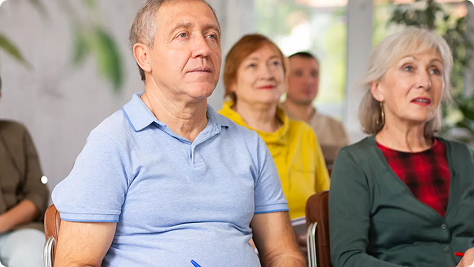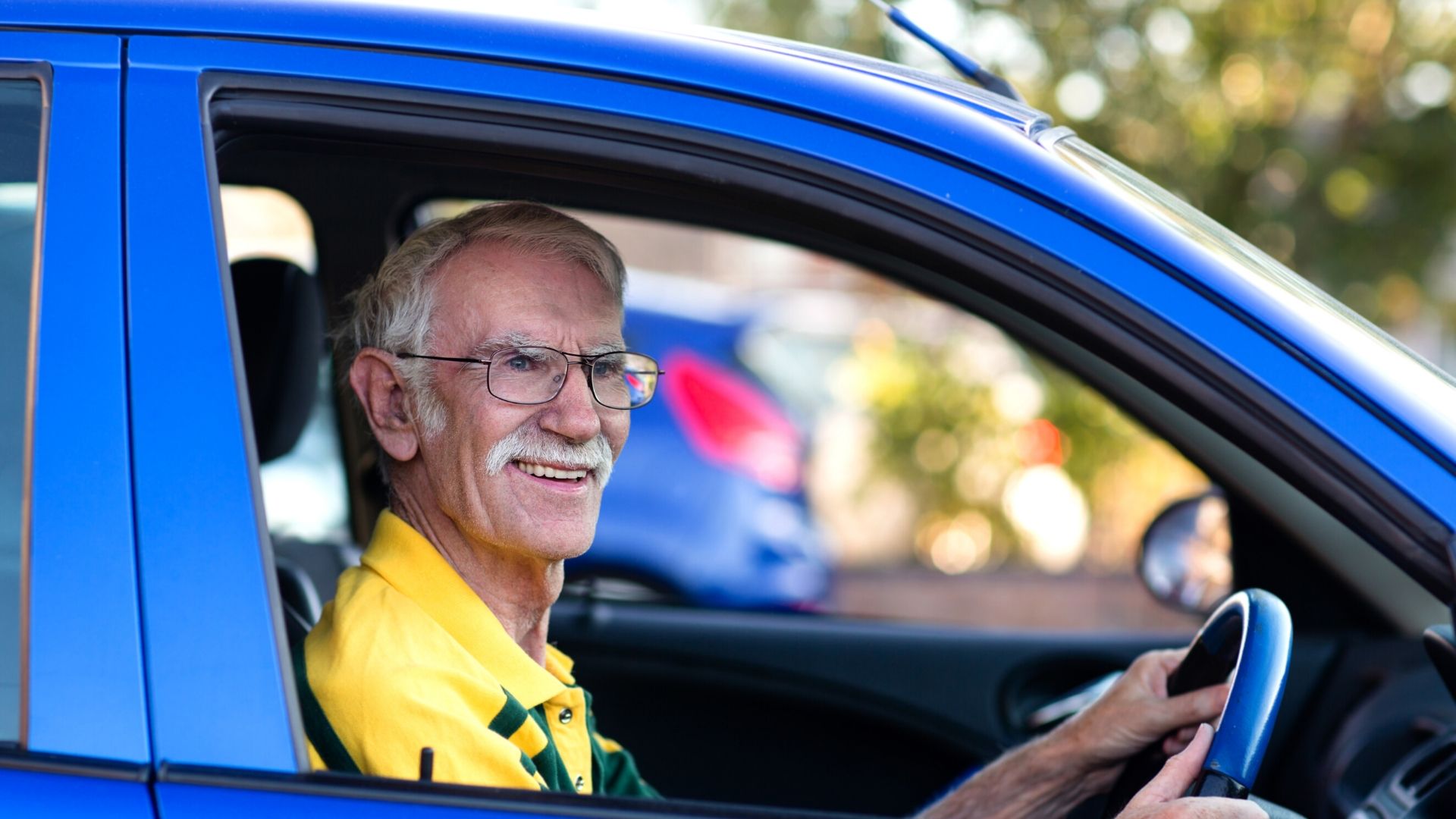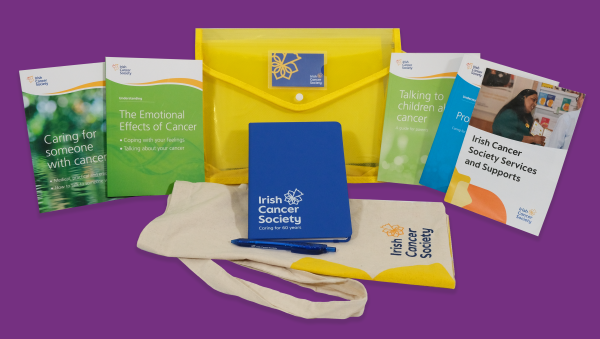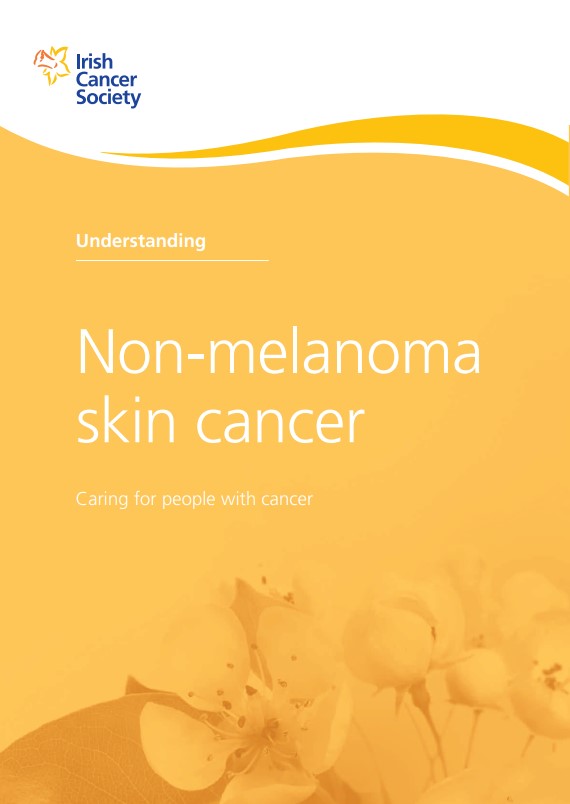Non-melanoma skin cancer
Treatment
How is non-melanoma cancer treated?
Most people with non-melanoma skin cancer are completely cured with surgery alone. However, there are a number of treatments that can be considered:
Surgery is the most common way to treat non-melanoma skin cancer.
This involves cutting out (excision) or scraping away the cancer cells (curettage). Other options include Mohs surgery, which involves cutting away thin layers of skin. Larger areas may require skin grafts or skin flaps.
Read more about surgery for non-melanoma skin cancer.
Cryotherapy involves freezing the cancerous area on the skin with liquid nitrogen spray. The area blisters and scabs over. After a few weeks, the scab that contains the cancer falls off.
This can be used to treat pre-cancerous lesions and some very early small skin cancers.
For superficial or early skin cancers, a cream containing chemotherapy drugs can be put directly onto the skin cancer. This called topical chemotherapy.
You will be given the cream to take home and put on by yourself. The cream is usually put on once or twice a day for a few weeks. It is best to massage it into the skin and keep it uncovered. Remember to wash your hands before and afterwards.
Side-effects of topical chemotherapy
- Red, inflamed, sore skin: The cream will make your skin red, inflamed and sore. This may last until a week or 2 after treatment has finished, when the skin has healed. If you are worried about these symptoms, ask your doctor for advice. They may prescribe a steroid cream to ease the inflammation if your skin is very sore. Avoid sunlight until the area has healed.
- Hair loss: You may lose hair in the area being treated.
- Insomnia: Some patients have difficulty sleeping during and after treatment.
- Fatigue: Extreme tiredness.
- Headaches: Some patients have headaches during and after treatment.
Immunotherapy cream contains drugs that help your body’s immune system to fight the cancer cells. It is normally used in areas where surgery may be difficult or if you have more than one tumour. The cream can be used on your chest, neck, arms, hands, legs and feet.
You will be given the cream to take home and put on once a day for a number of weeks.
Side-effects of topical immunotherapy
- Sore skin: Some redness or crusting of your skin can happen during the treatment, but this will clear up and leave no scarring. Your doctor may give you a steroid cream to use as well.
- Flu-like symptoms: Occasionally, the cream may cause shivers and other flu-like symptoms.
A treatment using a light-sensitive cream and a light to kill cancer cells. This is usually carried out in a medical facility and supervised by a nurse.
It works well in the treatment of superficial skin cancers like Bowen’s disease (very early form of skin cancer), superficial basal cell cancers and solar keratoses (a type of pre-cancer). It is not suitable for deep skin cancers as the light cannot reach far enough into the skin.
Getting PDT
Any scales or crusts on the tumour are first removed from your skin. Then the cream is placed on the lesion and nearby skin. This cream contains a drug called 5-aminolaevulinic acid (ALA). The cream will make your skin very sensitive to light, so it will be covered with a dressing to protect it. It will take about 3 to 4 hours for the drug to be absorbed by the cancer cells.
After several hours, the dressing is removed and a special light is shone on the treated area. This usually lasts around 15 minutes. The light will activate the cream and so kill the cancer cells. The cream does not destroy the healthy skin cells. Cooling sprays and cold air fans can help to relieve any discomfort you may feel during treatment. Occasionally a local anaesthetic is used.
Daylight PDT
This type of PDT uses daylight as the light source. The cream is applied to the skin for 30 minutes followed by a longer exposure time of about 2 hours. It is useful for certain body sites but may be restricted by weather conditions.
After PDT
Once the treatment is over, a dressing or scarf or hat is put on the area to protect it from light until the end of the day. You may be advised to keep the dressing dry for 1-3 days. After that you can bathe and shower as normal but remember to treat the area gently. A scab will form and eventually fall off, leaving healthy skin in place with no scar.
High-energy rays used to shrink or destroy the cancer. Radiotherapy is rarely used to treat non-melanoma skin cancer. However, it can be an option for people with multiple skin cancer sites, people who cannot have surgery or people whose cancer has spread to their lymph nodes.
Read more about radiotherapy.
Most people with non-melanoma skin cancer are completely cured with surgery alone.
Will I get side-effects?
The type of side-effects you get will depend on the type of treatment you have, the dose, the duration and your own general health. Your doctor or nurse will discuss any possible side-effects with you before your treatment.
Read more about coping with cancer side-effects and symptoms.
Continue reading about non-melanoma skin cancer




Get help & support

Support Line
Free support pack


